The Italian Larder
Search by alphabet:
A B C D E F G H I J K L M N O P R S T U V W Y Z
Acciuga – See Fish: Anchovy or Sardine (Regional name)
Agarico delizioso, fungo– See Mushroom: Saffron milk-cap
Agretto – See Oppositeleaf Russian Thistle
Aguglia imperiale– See Fish: Spearfish, Mediterranean
Aguglia maggiore – See Fish: Needlefish, Agujon
Alaccia – See Fish: Sardinella
Alalunga– See Fish: Tuna: Albacore
Amaretto
Amaretti are dry, hard biscuits shaped into rounded mounds about the size of an unshelled walnut. They are typically made with almonds, egg whites, and sugar but can be flavoured with cocoa or other flavours. Sometimes almonds are substituted for other nuts such as hazelnuts. Amaretti are found all over Italy.
Buy: Amaretti come dry (amaretti a pasta secca), soft (amaretti a pasta morbida), and sprinkled with sugar (amaretti cosparso con zucchero a granella). The most famous are from Saronno near Varese but are closely related to the amarettus from Sardegna.
Store: Amaretti can be stored for a long time if hermetically sealed to preserve their flavours.
Prepare: When used in recipes, the amaretti are often ground, either in a food processor or placed between tea towels and rolled over with a rolling pin.
Eat: Amaretti are used to stuff pears and peaches (pesche ripiene), in stuffed pastas (tortelli di zucca mantovani), in fritto misto (fritto misto piemontese), garnish ice cream, in cakes (torta di amaretti), in pastries, and are served as an accompaniment to coffee and puddings (bonet). They can also be eaten on their own.
Amberjack, greater- See Fish: Amberjack, greater
American lobster – See Lobster
Anchovy paste- See Fish: Anchovy
Anguria – See Melon: Watermelon
Apple (Mela) (Malus domestica)
Equivalent: 1 apple = 150 grams/5 ounces (on average)
Apples are a fruit which are harvested from late summer through autumn, but are stored in a way that they are sold year round. Apples are rich in phosporous, anti-oxidants, B-complex and vitamins C, B, PP, and E.
There are more than 250 varieties of apples in Italy. The most important groupings in order of importance are the Golden Delicious (includes the Stark variety), the Red Delicious, and the Rome Beauty (includes the Imperatore variety). Other important varieties include the Renetta, Granny Smith, Stayman, Ozark Gold, and Gravenstein. There are some notable native Italian heirloom varieties such as Limoncella and Annurca which are entirely unique.
Buy: Apples range in colour from green to yellow to red to a combination of any of these colours. Look for apples which are fragrant and have firm flesh which is free from holes, bruising, and soft spots. You can squeeze an apple to test for firmness and smell it to determine if it has any fragrance. They do not need to be completely free from brown spots and wrinkles if they are to be cooked. Ideally apples should have a hint of tartness while maintaining their sugar. They should be firm and juicy.
The variety will determine how sweet or tart an apple is and how crunchy or soft the flesh is. The apple’s attributes will determine if they are better for eating or cooking, or can be used for either. Test the apple for its texture and flavour when cooked by peeling a piece and boil it in water until tender. Prod it with a fork to see if it retains its shape or mashes easily. Taste to see if it is flavourful or watery and how sweet it is. The best apples for flavour are from Trentino Alto-Adige and the Annurca variety from Campania.
Types:
Golden Delicious is sweet and flavourful and can be used for both eating and cooking.
Granny Smith variety is tart and crunchy and good for cooking. They are good for baking as they retain their shape, and their tartness offsets the sweetness of the dessert, but the flavour is not very complex.
Gravenstein is juicy and tart.
Imperatore is large, juicy, and crunchy and can be used for eating or cooking.
Jonathan is tender and juicy.
Ozark Gold is juicy and tart.
Red Delicious is generally better for eating than cooking.
Stark is sweet and flavourful and can be used for both eating and cooking.
Store: Apples can be stored in a dry, cool, dark place or in the refrigerator for a few weeks, but should be placed apart so they are not touching. If kept at room temperature, apples can overripen quickly.
Prepare: Apples should be rinsed in cold water. For dessert preparations requiring cut apples, use a paring knife or vegetable peeler to remove the skin. Supermarket apples are often coated in wax so you will want to peel these anyway. You can use an apple corer to remove the core particularly where the apple is to be used whole. Otherwise a paring knife can be used to slice the flesh away from the core if the apple will be cut up. Apples which are not going to be used immediately can be tossed with lemon juice to prevent them from browning. When cooking, adding sugar and/or butter together with the apples will inhibit disintegration.
Eat: Apples are eaten raw, used to flavour liqueurs, and prepared in desserts such as strudel, tarts, fritters, biscuits, crepes, fruit salad, baked apples, stuffed apples, and pastries.
Apricot (Albicocca) (Prunus armeniaca)
Equivalents: 1 apricot = 40 grams
Substitutions: figs or plums
Apricot is a soft, round, stone fruit with a fuzzy skin that ranges from yellow to orange in colour. It has a delicate flavour and is both sweet and acidic. It is in season from June until August. It is rich in vitamins A and C, potassium, carotene, magnesium, iron, and calcium.
In Italy the varieties Cafona, Boccuccia, S. Francesco, Reale d’Imola, Precoce Cremonini, and Caldesi are eaten.
Buy: Apricots can be bought fresh, dried, candied, or made into syrup (sciroppata), liqueurs, conserves or jam. Fresh apricots do not continue to ripen once picked, so buy ripe apricots. Ripe apricots are soft to touch when gently squeezed, not hard. They should also be plump, blemish free, without any hints of green or pale colour. They should not be soft, mushy, mouldy, or have dark spots.
Store: Ripe apricots can be kept, loosely covered, in the refrigerator for 2 days. If the apricots are a bit too firm, keep them at room temperature for up to two days until they soften and then store them in the refrigerator.
Prepare: Rinse the fruit with cold water. Cut the fruit in half using the line in the skin as a guide and twist apart to remove the pit. Both the fruit and the nut inside the stone of the fruit are eaten in Italy. To extract the nut, bake the pits on a tray at 150˚ C for about 15 minutes and crack open with a nutcracker or hammer. Roast the extracted nuts for about 10 minutes. The nut is used in making amaretti cookies and the liqueur Amaretto Di Saronno. The nut is eaten in small quantities however. The nut inside the Reale d’Imola variety is sweet while the nut inside the Precoce variety is bitter.
Eat: Apricots are eaten fresh after meals or used in desserts in Italy. They are used in cakes, tarts, stewed, pudding, coulis, dumplings (strucolo), and as a syrup for whipped cream. They can also be used as a substitute for plums in the savoury dumpling dish, gnocchi di susine.
Apricot jam (marmellata di albicocche/confettura di albicocche)
This is a traditional way of preserving fruit so that it can be used when not in season. Generally the fruit is cooked with honey or sugar and sealed in glass jars.
Arctic char – See Fish: Char, arctic Salmerino
Artichoke (Carciofo) (Cynara cardunculus)
Equivalent: 1 baby artichoke = 60-90 grams; 1 medium artichoke = 200 to 250 grams; 1 jumbo artichoke = 550 grams
edible part = 30% whole artichoke weight
Artichokes are one of my favourite vegetables and I consider them a great delicacy. They are in season from the spring to autumn. Artichokes are rich in fibre and minerals (iron, calcium, phosphorus, and potassium).
The artichoke is actually an edible type of thistle flower related to cardoons which can be green (as are those from Liguria, Campania, and Sicilia), or violet-tinged (as are those from Veneto, Toscana, and Sardegna). They can have spines or not. Different varieties have different flavours and the spring artichokes are cooked differently than the more mature artichokes. The most common varieties in Italy are: Spinoso sardo, Violetto di Toscana, Precoce di Chioggia, Spinoso di Palermo, Castraure della laguna veneta, Romanesco, Violeto di Ponza, Canarino giallo, Precoce di Jesi, Mazzaferrata, Ascolano, Empolese, Spinoso di Liguria, Violetto di Catania, Violetto di Provenza, Castellammare, and Campagnano. The two varieties awarded the PGI status are the carciofo di Paestum and the carciofo romanesco del Lazio.
Buy: You can buy them fresh, frozen, and tinned or jarred in oil, water, or brine. Tinned varieties simply do not compare in flavour to the fresh or marinated kind (sott’olio). When buying fresh artichokes, buy the freshest you can find- they should be firm, tightly closed (although late in the season they may be more open), vibrant in colour, and the bracts (similar to leaves) and stem should be unwrinkled and free from brown spots and holes. The outside leaves may have some scratches or blisters from frost and this does not indicate there is anything wrong with the artichoke. The stem end will tell you how recently it was cut. If you squeeze the artichoke it should squeak. Stems can be up to 20cm long. They should be heavy for their size to ensure the choke is not too large.
Earlier in the season, in the winter, the artichokes are small, about the size of an unshelled walnut, whereas later in the season, the spring through the summer, the artichokes can become very large, about the size of your hand.
Store: If they have long stems, they are best preserved in a vase of water in the refrigerator. Otherwise they can be stored dry in a plastic bag or sealed container in the refrigerator for 5 to 6 days.
Prepare: If the artichokes are to be eaten raw, then the internal bracts (leaves) must be completely soft and uniformly light coloured. Artichokes should be prepared just before eating or cooking as they discolour easily and cut parts should be rubbed with lemon and immersed in acidulated water to prevent discolouration. Preparing an artichoke to eat is one of the most complicated preparations for any vegetable but is time well-spent as their flavour is unparalleled. The preparation also stains your hands (which can be removed with lemon). Do not use iron or aluminium (including foil) when preparing artichokes as it discolours them.
First prepare a bowl of cold water and squeeze half a lemon into it. Then wash the artichoke, dry and cut the stalk off. Peel the stalk with a small knife or vegetable peeler and slice into 1/2cm rounds and place into the water. Take the flower and beginning at the bottom slide your thumb down the inside of a bract (leaf) until it is where the bract connects to the flower and snap off and discard. Repeat this until all the tough outer bracts are removed (the inside is a light greenish yellow). Do not try to retain any of the harder bracts as it will make the entire dish unpalatable in texture. (If you don’t want to waste them, add the removed leaves to the dish on the bottom, and after they are cooked you can pop the end in your mouth and scrape the pulp off with your bottom front teeth.) Cut the top of the remaining flower off and trim the base with a small knife. In the centre of the flower is a hairy choke (that literally sticks in your throat and chokes you). Use a small spoon or a melon baller to remove this hair. Your artichokes are now ready to use.
Eat: They can be eaten raw (only for baby artichokes), boiled (cacocciuliddi spinusi), roasted, steamed, sautéed (carciofi al funghetto), baked, braised (carciofi alla romana), stuffed, fried, deep-fried (carciofi alla giudia), or preserved in oil or vinegar. They are used in liqueur (Cynar), starters, in pastas, soups, savoury pies (torta pasqualina), risotto, and side dishes. Artichokes pair well with marjoram, garlic, rosemary, thyme, bay leave, lemon, orange, capers, fennel, Parmigiano-Reggiano cheese, goat cheese, olive oil, butter, peas, beans, asparagus, potatoes, and mushrooms.
Asparagus (Asparago) (Asparagus officinalis)
Equivalent: 1 medium asparagus = 25 grams
Asparagus is a vegetable with a long, thin, white, violet or green stalks culminating in a tip. Asparagus can be eaten while young whilst the stalks are still thin and tender, or later in the season when the stalks are more fibrous and thick (preferably no more than 8 mm in diameter). They are in season from March until June. Asparagus has folic acid, vitamin C, potassium, and beta-carotene.
The white asparagus are green or violet asparagus which have been deprived of sunlight in order to preserve their white colour. The white varities in Italy include: Bianco di Bassano PDO, Bianco d’Olada, Bianco di Germania, di Pescia, di Cesana, bianco di Cimaldomo PGI, and Grosso di Erfurt. The violet varieties include: Precoce di Argenteuil, Tardivo di Argenteuil, violetto di Albenga, and Napoletano. A green variety with PGI satus is verde di Altedo. Asparagus from Ravenna are considered to be some of the best.
Buy: They should be sold in a cooled environment. The cultivated varieties of asparagus range from thin when young (about 4 mm in diameter) to thick when later in the season (2 cm or more in diameter). These have green stalks, may have a green or violet tip, and are intense in flavour.
The white varieties are milder in flavour and more delicate. They are considered a great delicacy in Europe.
There are also wild asparagus (selvatico) and forest asparagus (di bosco / bruscandoli).
Look for tightly closed tips which are dry, firm (but not hard), free from discolouration, and have not begun to bud. Stalks should be dark green, unwithered, uniformly firm with no wrinkles and not limp. There should be no signs or rotting. The stalks should be heavy for their size. Tips which are not tightly closed and are separating are not fresh. Look at the cut end to see how fresh the asparagus is- moist, firm, unoxidised ends are the best. Select stalks of uniform thickness to ensure even cooking time. Thinner asparagus are often, but not always, more tender. Thicker, more fibrous asparagus may need to have its outer skin peeled. An ideal thickness is about 1cm.
Store: Asparagus should be eaten as quickly after harvesting as the sugar in the plant converts into starch which destroys the flavour and texture as it becomes woody. Do not wash asparagus before storing. Remove any binding from the asparagus as this encourages rotting. Asparagus can be stored with the cut ends of the stalk standing in 2cm of water in a jar, or the cut ends wrapped in wet paper towel, covered with a plastic bag in the refrigerator for up to two days.
Prepare: Rinse the asparagus, paying particular attention to the tips, gently rubbing the asparagus with your fingertips under cold water to remove any sand. Start bending the stalk from the bottom to feel its natural snapping point where the stalk snaps cleanly, preferably 1 to 2cm from the bottom. Discard the woody ends. If the stalks are 5 mm in diameter or more, then cut the woody bottoms off as they will not snap uniformly. Then use a vegetable peeler to delicately remove only the waxy outer skin on the bottom 2/3 of the stem.
The challenge when cooking asparagus is that often the tips cook faster than the stalks, and may break when being transferred. The solution (if a pot is not used which can hold the asparagus standing on end) is to tie the stalks together when cooking. Be careful not to cook the asparagus in rapidly boiling water or they can be easily damaged.
Eat: Asparagus can be eaten hot or cold and are served raw, fried, deep-fried, boiled, grilled, roasted, sautéed, steamed, or braised. Asparagus should be cooked quickly until tender but still crisp. Poke one with a knife to ensure it can be inserted easily but still has a little resistance. Be careful not to overcook as they will turn dark green and go limp. For many recipes, the asparagus is already cooked before adding to the recipe. These can be eaten lightly cooked and dressed with a sauce (asparagi alla bolzanina) or just olive oil, lemon, salt, and pepper or used in risottos, pasta sauce, moulds, pies, omelettes, soups, and fried. Asparagus pairs well with olive oil, butter, Parmigiano-Reggiano cheese, fontina cheese, eggs, parsley, basil, sage, mint, lemon, orange, capers, peas, artichokes, leeks, and broad beans.
Atlantic white-spotted octopus – See Octopus
Aubergine / Eggplant (Melanzana) (Solanum melongena)
Equivalents: 1 medium aubergine = 500 grams
Aubergines in Italy are purple, white, pink, green and yellow, orange, mottled purple and pink, or mottled purple and white. They are vegetables and can be round, egg-shaped, oblong, or long. Aubergines can have a slightly bitter flavour. The Italian name for aubergine, “melanzana“, derives from “mela insana” meaning noxious apple. They are eaten all over Italy but are particularly popular in the south. They are in season from June to October. Aubergines are a good source of iron.
The round varieties include Violetta di Firenze, Mostruosa di New York and are best for grilling as they are less likely to dry out. The egg-shaped varieties include Bianca ovale, Melanzana rossa, and Madras. The oblong varieties include: Black beauty (Bellezza nera), and Larga Morada and are good for frying. Long varieties can be up to 20cm long and include Violetta lunga di Napoli and Slim Jim and are good for frying.
Buy: Aubergine can be bought fresh, dried, or preserved in oil. To buy fresh, the elongated varieties tend to have a stronger flavour and be better for frying while the round and oblong varieties are more delicate in flavour and are better for layering. Generally, the lighter the colour of aubergine, the lighter the flavour. Look for aubergines which are smooth, firm, unblemished, and have a deep, evenly glossy colour. Ones with a smaller navel on the bottom indicate that the aubergine is male and will therefore have fewer seeds. Bright green stems indicate freshness. Aubergines which are heavy for their size but small for their variety are tastier.
Store: Aubergine can be stored in wrapped in paper inside a plastic bag in the refrigerator, covered for up to a week. Aubergines become increasingly bitter with time so consume them as soon as possible. If this is not possible, salting as part of the preparation will help remove any bitter flavours.
Prepare: Some recipes call for the aubergine to be sliced and salted in a colander to draw out the moisture. This is done to draw out any bitterness, reduce the amount of water to facilitate frying, and change the texture of the aubergine. Look at the aubergine and if it has fairly large seeds then it will need salting. Typically the smaller and elongated varieties are soaked in salt water to remove bitter juices (and generally also because they are used for frying and salting the aubergine means it will absorb less oil). If you do not salt the aubergine, then rub the sliced aubergine with lemon juice to prevent it from discolouring. Typically the skin of the aubergine is retained when cooking, so to prepare just rub the aubergine skin under cold water and cut off the stem. If you are frying the aubergine, use very hot oil and fry the aubergine quickly so that it does not absorb much oil. Drain the aubergine on a wire rack or paper towel to drain excess oil.
Eat: Aubergines are often fried, deep-fried, grilled, roasted, stuffed, sautéed, braised or stewed (caponata). They are used in salads, fritters, pastas (alla Norma) and baked with various toppings (melanzane alla parmigiana). Aubergines pair well with olive oil, Parmigiano-Reggiano cheese, ricotta cheese, mozzarella cheese, goat cheese, garlic, basil, saffron, vinegar, lemon, pine nuts, tomatoes, peppers, onions, zucchini, chickpeas and potatoes.
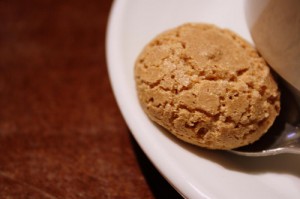
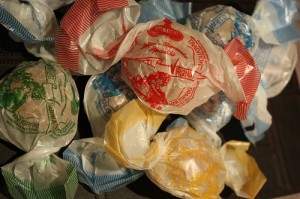

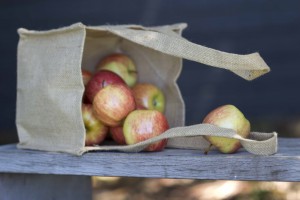
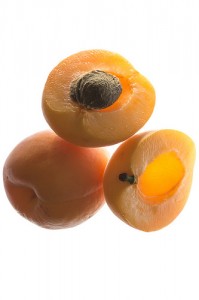
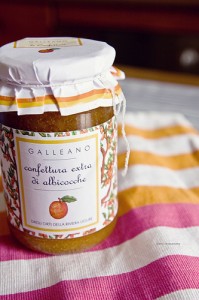
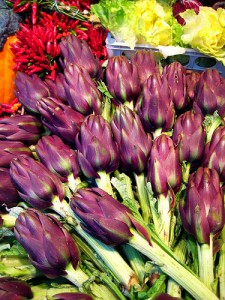
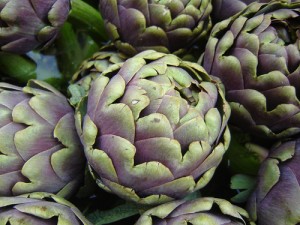
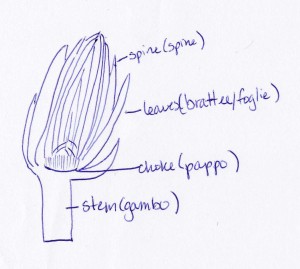
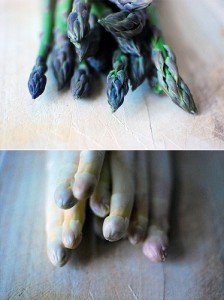
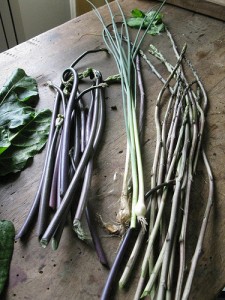
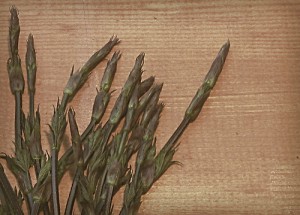
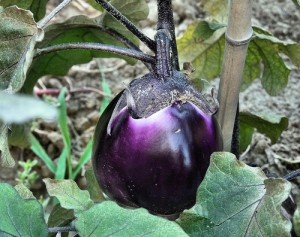
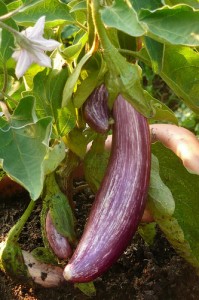

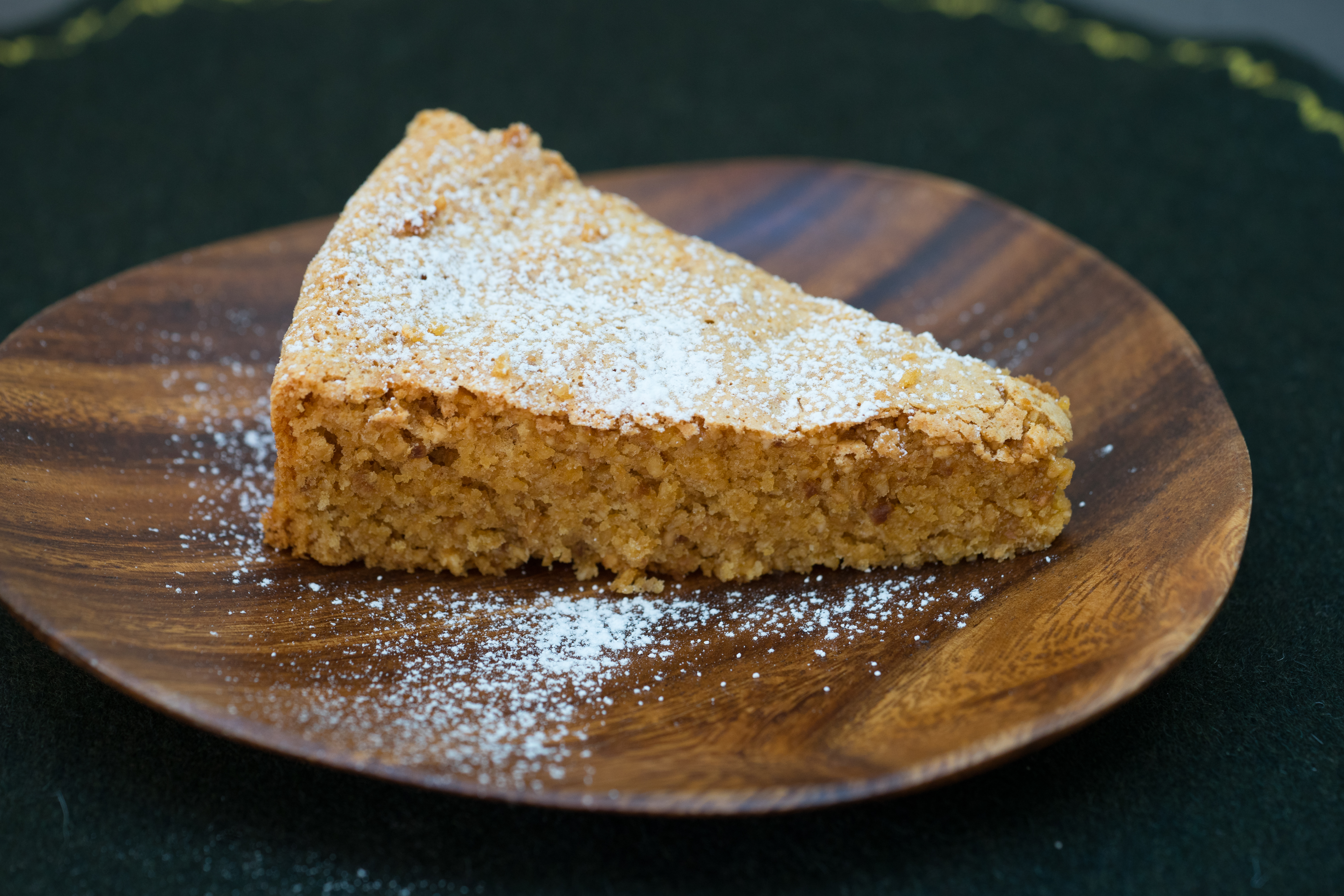
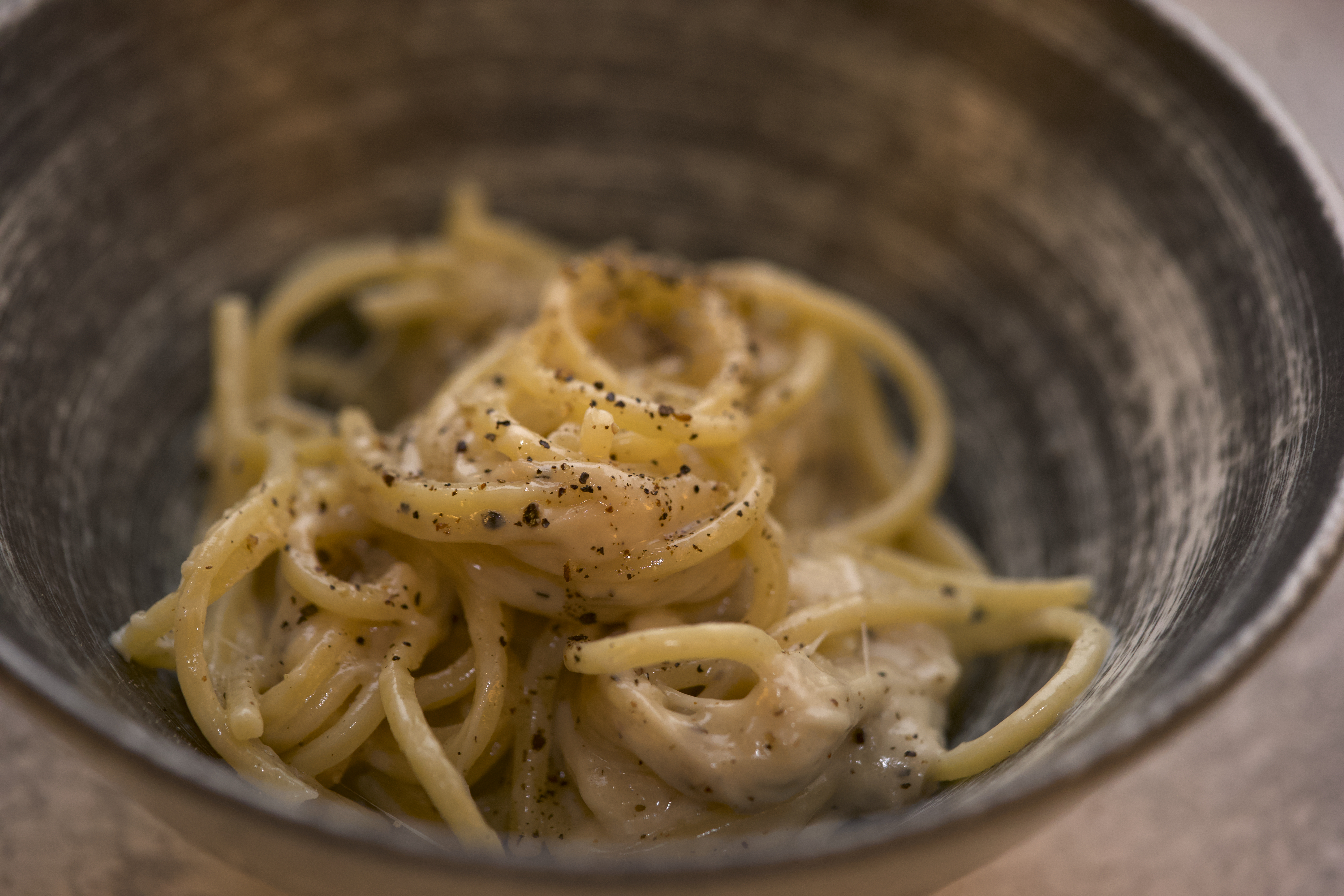
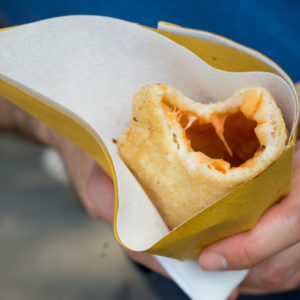

Leave a Reply